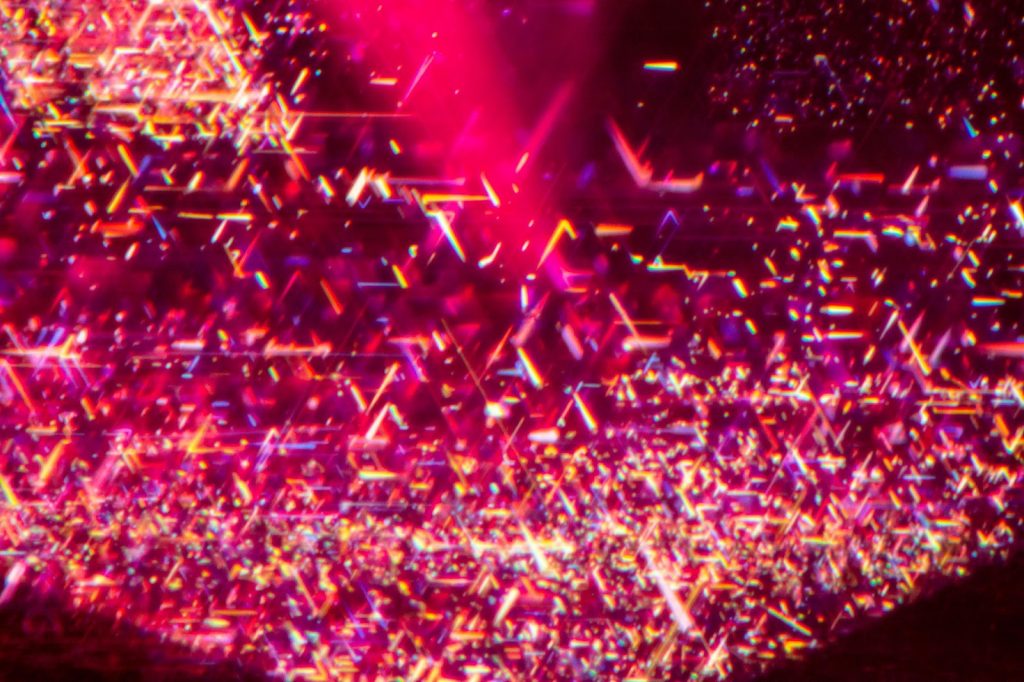Treated Rubies vs. Untreated Rubies
Untreated rubies are much rarer, and subsequently more valuable than their treated counterparts. At around 1 carat, they are around two to three times as valuable, or more, than treated rubies. This is due to the rarity of untreated gem material when it comes out of the ground. Outside of specialty dealers like the Natural Ruby Company, over 97% of all rubies are treated (most likely heat-treated). Untreated rubies of high quality are incredibly hard to find, and often not very large.
As a result, some investors will use precious gems in their portfolios. The price for treated gems is not always steady due to consumer confidence, but natural, untreated gems consistently remain very stable and can appreciate significantly in value.
Untreated
R7063 | medium
Ruby ID: R7063, Weight: 1.20 Carats, Origin: Mozambique, Treatment: None, Price: $8,148.00 USD
Heated
R11949 | medium
Ruby ID: R11949, Weight: 1.11 Carats, Origin: Myanmar (formerly Burma), Treatment: Heated, Price: $4312.35 USD
Natural vs. Untreated
All rubies that form in the earth are natural rubies. However, natural rubies can also be treated rubies. The practice that most people dealing with rubies follow is to assume there has been treatment unless proof is otherwise found. The inside of the ruby is usually pretty telling for treatments, especially heat treatments. It can be tricky to tell sometimes.
Color and Clarity
Color, clarity, cut, and carat weight comprise the 4Cs of value, although they are not equally weighted. The primary factors in driving price are color and clarity. A treated ruby can have a higher price than an untreated one, despite rarity.
Heat treatments typically improve color and clarity, which is why it is such a popular treatment. Furthermore, it is extremely stable unlike glass filler treatments which can discolor over time and be damaged with sonic jewelry cleaners.


Inclusions
Within the gemologist community, the insides of gems are likened to a world unto themselves. Light reacts differently to different inclusions, like rainbow colors reflecting off of untreated silk under the microscope. Light can pass through heat-treated gems differently from untreated ones too, sometimes allowing gem dealers to spot treated ones right away.
Inclusions also speak volumes to the treatment status of rubies. The inside and the inclusions often look like they were frosted over, and the light reacts accordingly. There are plenty of exceptions to this rule of thumb, but generally speaking, treated and untreated rubies do not sparkle the same way.
Different temperatures affect each type of inclusion differently too, and is the beginning of identifying treatments in rubies. This “frosting” of inclusions is also visible on the exterior of rubies after heating. However, when the ruby gets cut and polished, the most visible part of the treatment is eliminated.


Differences in Inclusions – A number of features in rubies do not appear in heat-treated ones. Rutile needles, or silk, lose their shimmery colors with heat and can be almost completely dissolved into the host gem with heat treatment. Gas bubbles permanently vanish, crystals rupture, natural fractures re-crystalize, making the ruby look like a completely different gem. There are also different levels of heat-treatment, some much more intense than others.
Gemologists differentiate between levels of treatment as being low, moderate, or high depending on overall appearances. Low-heat rubies can have a lot of their inclusions intact and retain a slight shimmer to their silk, moderately heated rubies will have a lot of ruptured inclusions, and high-heat treatment is usually reserved for beryllium treatment. The temperature is so high it squeezes a blue color out of trace amounts (think less than 0.1% traces) of iron and titanium in the ruby.



Heat Treatment with Flux – When heat treated, ruby fractures can also be treated with flux in order to let them self-heal deep fractures. While the Natural Ruby Company does not carry these types of rubies, this type of treatment is performed on rubies that have deep and hollow fractures that impact durability.




Other Treatments
While the Natural Ruby Company does not carry these types of rubies, beryllium diffusion is another type of ruby treatment. The treatment changes the color of the ruby by adding color not previously present in the gem from the outside-in, leaving the center a different color from the exterior. While these types of rubies have a dubious reputation in the gem industry, there are no issues so long as all treatments are properly disclosed before purchase and the consumer understands what they are buying.
Lab Reports
Not every ruby will come with a laboratory report, and customers can request that the dealer send these gems to get certified at a gem laboratory. The only downside to this is that processing and certification can take weeks, and the vendors may ask for an additional fee to cover the lab charges and potential shipping.
While all labs will report the information differently, they always list what the gem in question is, followed by measurements, weights, and any treatments performed on the gem. Additional information on grading and evaluations may be provided depending on the individual practices and procedures. The origin of the gem will typically be specified, though some reports are made just to list gem identification and treatment.
Lab Report for R11753, from GemResearch Swiss lab:


Lab report for R10007, from C. Dunaigre lab:

Lab report for R10021, from America Gemological Laboratories (note the disclaimer for the appearance of the ruby below the photo):

